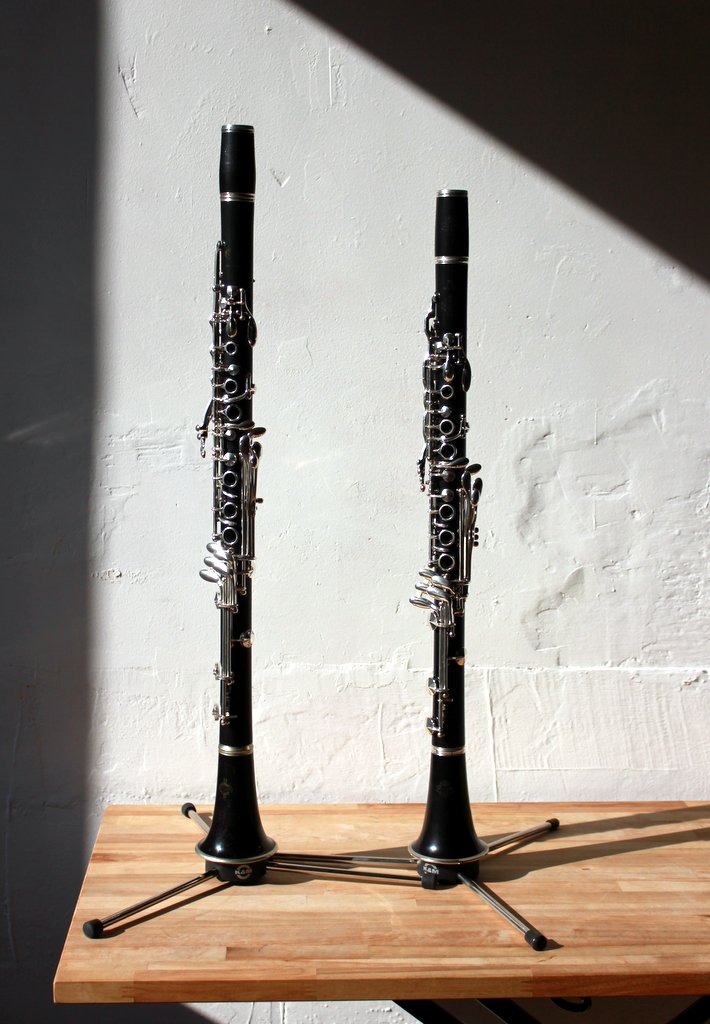I’m sure most clarinettists dream of playing the Brahms quintet. Of course a fair number of lucky ones have even done it in real life. For some reason I have never managed all at the same time to have the impulse, the occasion, and the right friends who play the right instruments. In my university days I played the Brahms sonatas but I didn’t quite see the point of them then – they seemed like a clarinet interfering with a piano sonata (they still do, but that’s less of a problem when working with trusted colleagues than when preparing them alone to put them together with an accompanist just before an exam). I had to leave them alone for about ten years before I finally felt I could approach then again. I’ve also managed to play the trio once or twice. So far, though, the quintet has stayed out of reach – at least, as a quintet.
Over the last few years I’ve done a few Brahms arrangements just so that I could play a little more Brahms. The horn trio works surprisingly well for clarinet, cello and piano; so does the third movement of the third symphony, which a couple of years ago I arranged as an ‘encore’ piece for trio concerts. The last time I played the trio I wondered whether the quintet could be persuaded to work for clarinet and piano. It turns out that that thought is almost as old as the piece: the arrangement Mark and I will be playing was published in 1893. It’s by Paul Klengel, a ‘house arranger’ at Brahms’s publisher Simrock, who also made many other Brahms arrangements, including a solo piano version of the quintet at around the same time. (The piano solo version, although alas not the duo, is on IMSLP.) It isn’t simply a ‘piano reduction’ of the full version: the clarinet is often given music that the strings play in the full version, not just to give the clarinettist more to do, but to try to recreate the dialogue effectively for a duo rather than just cram four instruments into one. The most obvious moment is at the beginning of the finale, where the clarinet plays the theme instead of just a few accompanying fragments.
Just for a change, I’m not playing bass or contrabass clarinets this time. To keep things interesting I’m keeping my options open for now which B flat and A clarinets I use. I’ve had a Leblanc 1970s B flat ‘full Boehm’ for a little while now: its sound isn’t as full as more recent instruments but it has a huge range of colour and comes a lot closer to a classic ‘French’ palette – which makes playing Debussy on it very pleasant indeed, and which in turn should suit Richard Beaudoin’s ‘la tradition française’ quite nicely. I’m also trying a 1970s Buffet full Boehm A at the moment, which again is a little more intimate in sound that what I would otherwise play, but again, all the better for the Brahms, especially in a duo format. There’s just one moment where the extra low E flat of the full Boehm might be tempting:
 (L: Buffet R13 full-Boehm A; R: Leblanc LL full-Boehm Bb. Photo Heather Roche.)
(L: Buffet R13 full-Boehm A; R: Leblanc LL full-Boehm Bb. Photo Heather Roche.)

